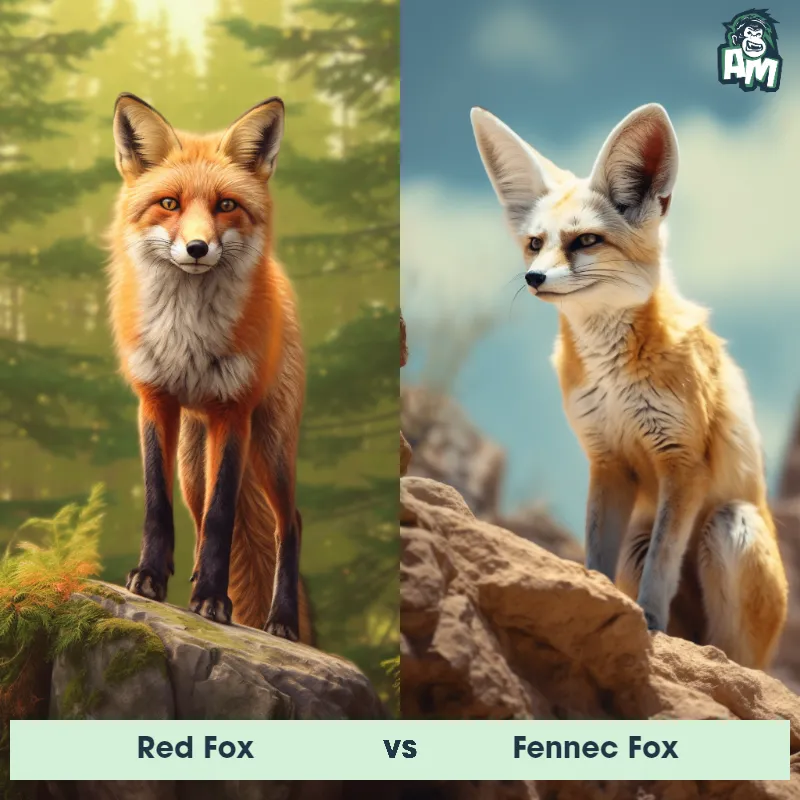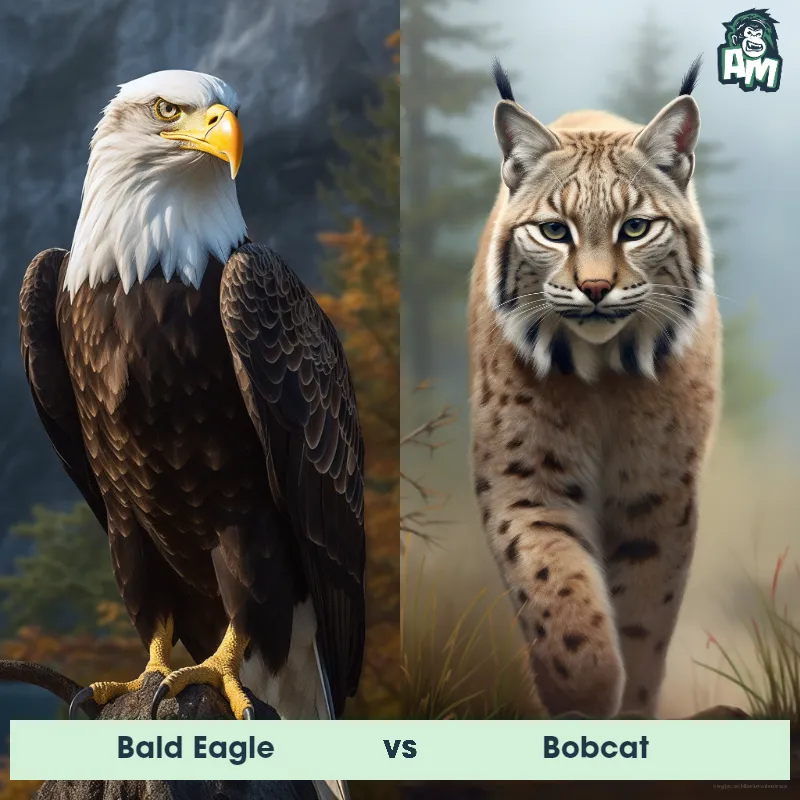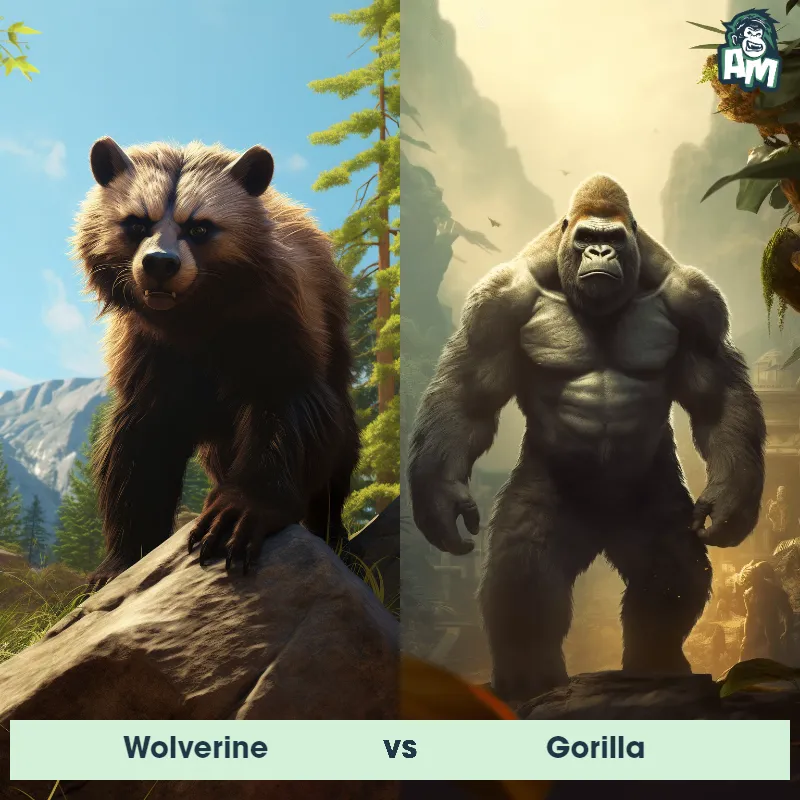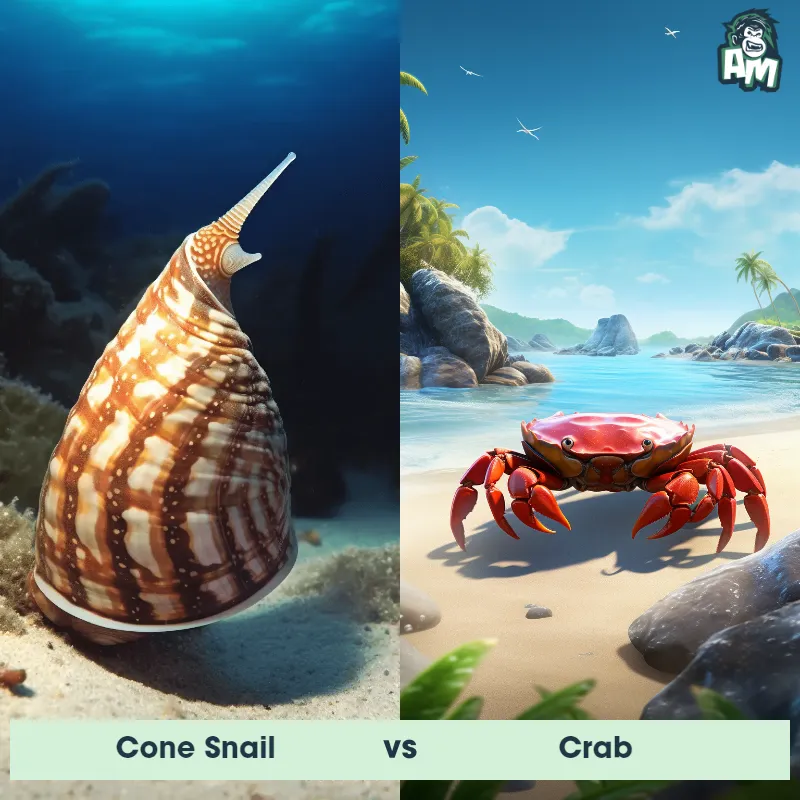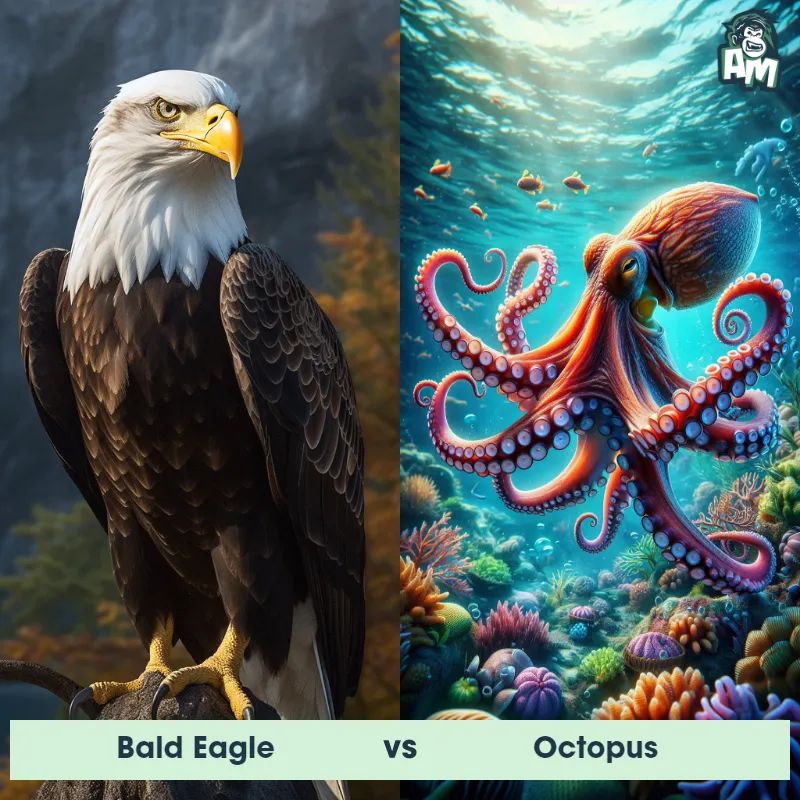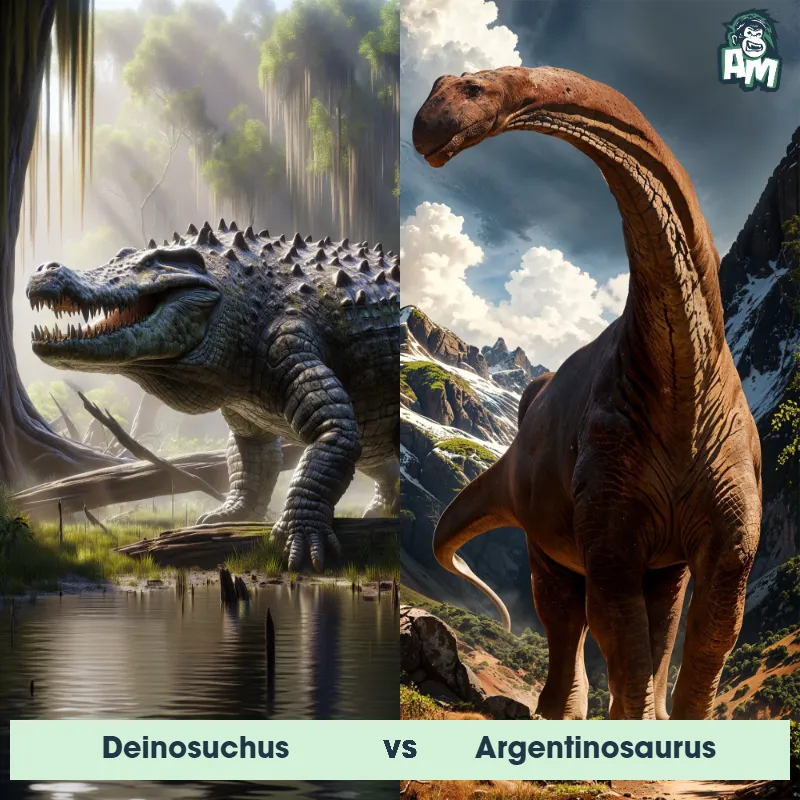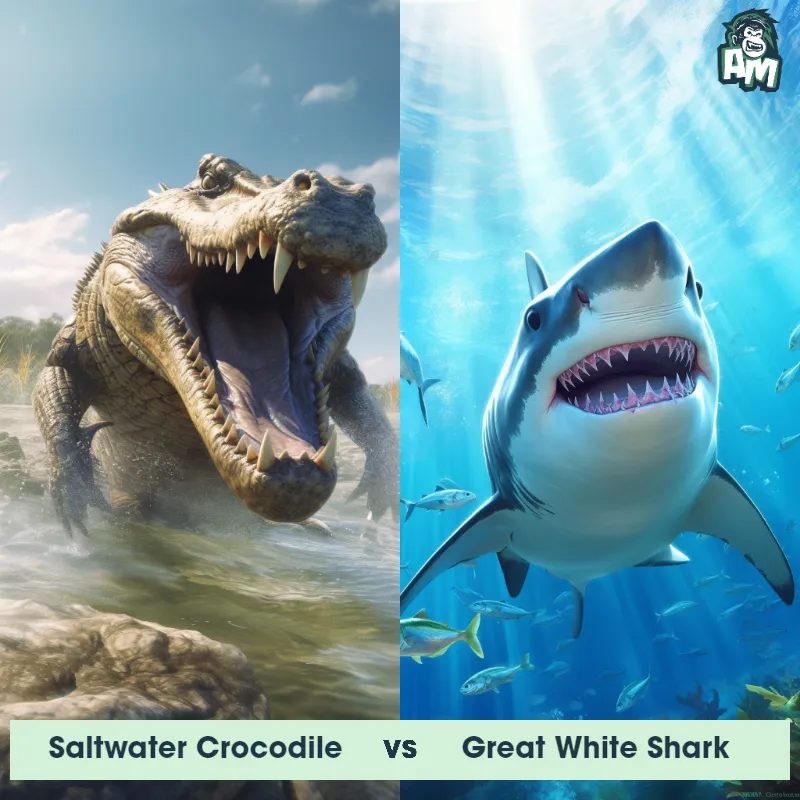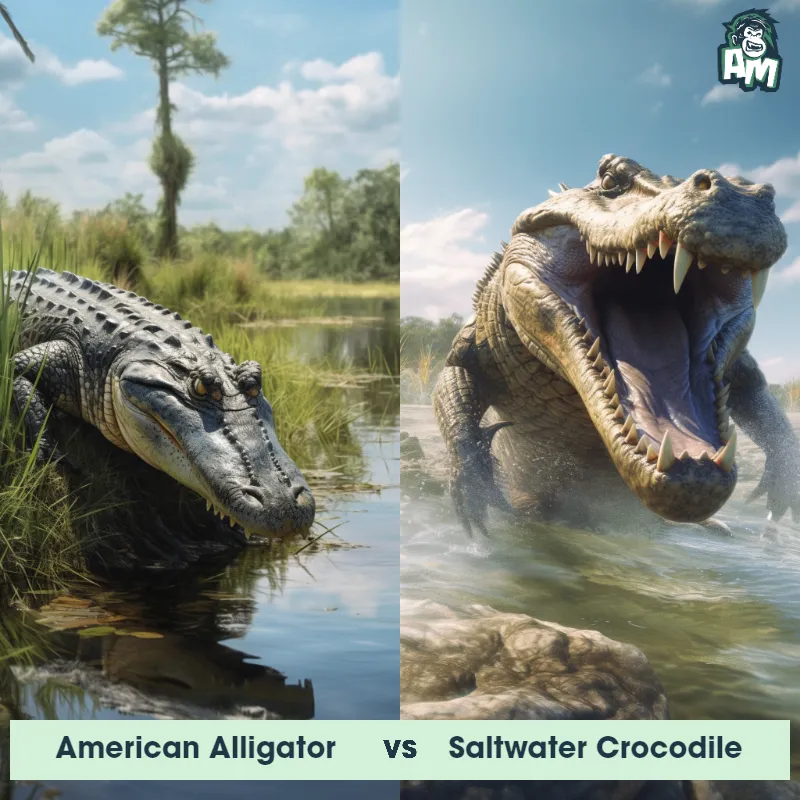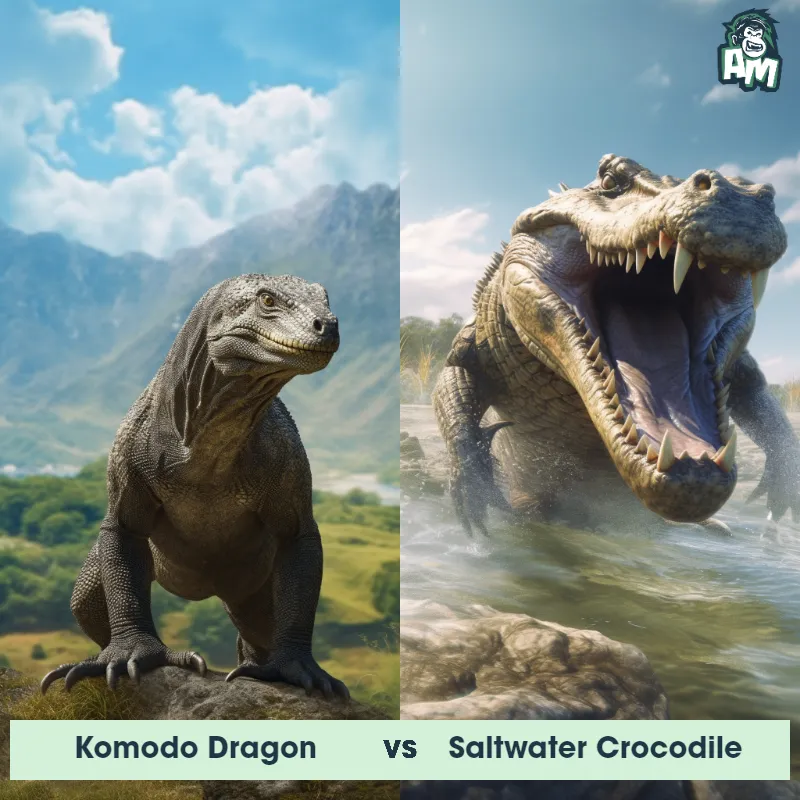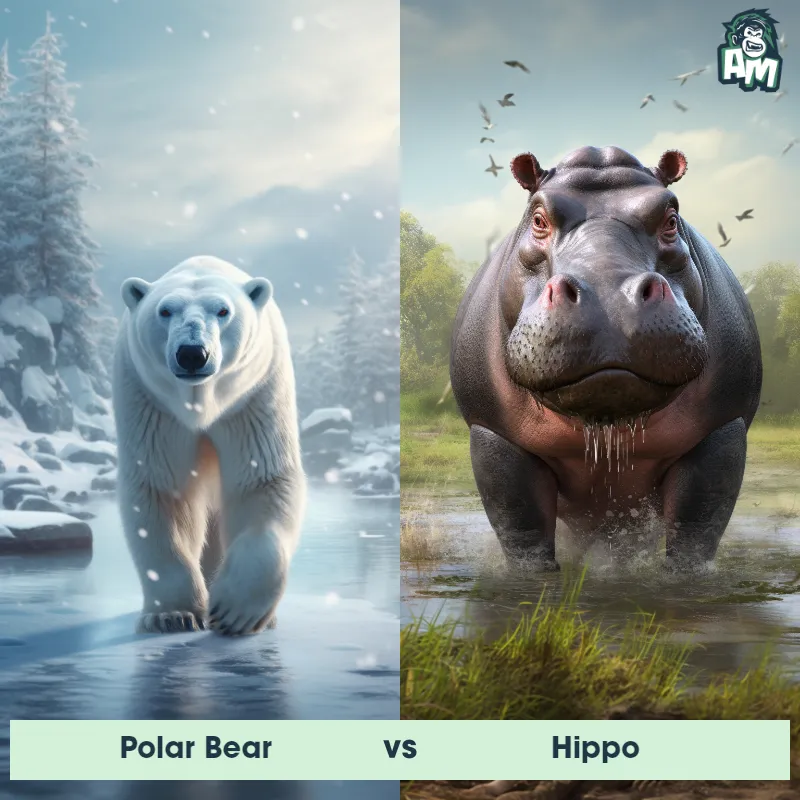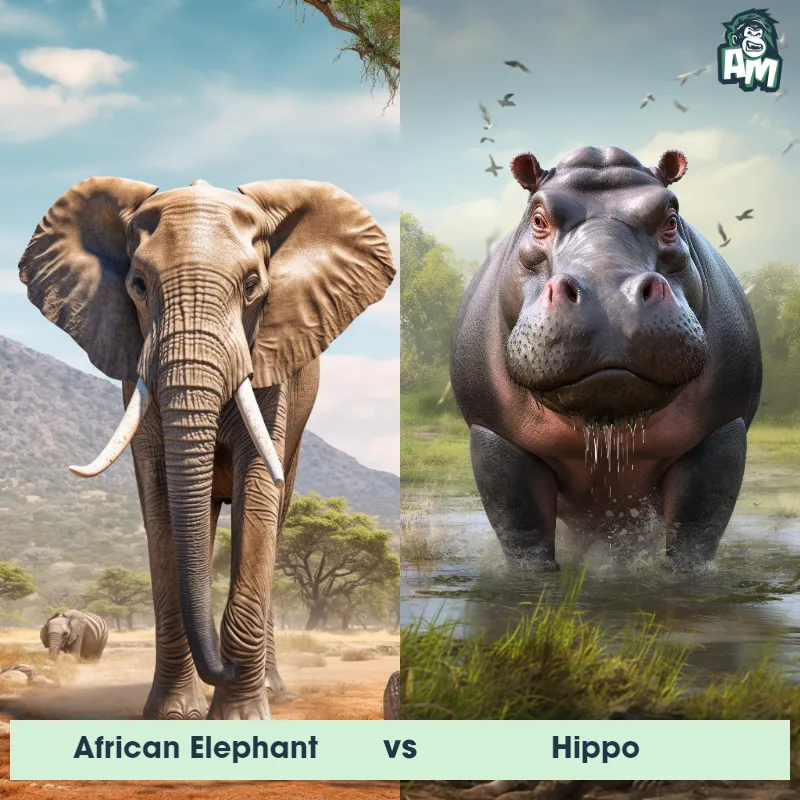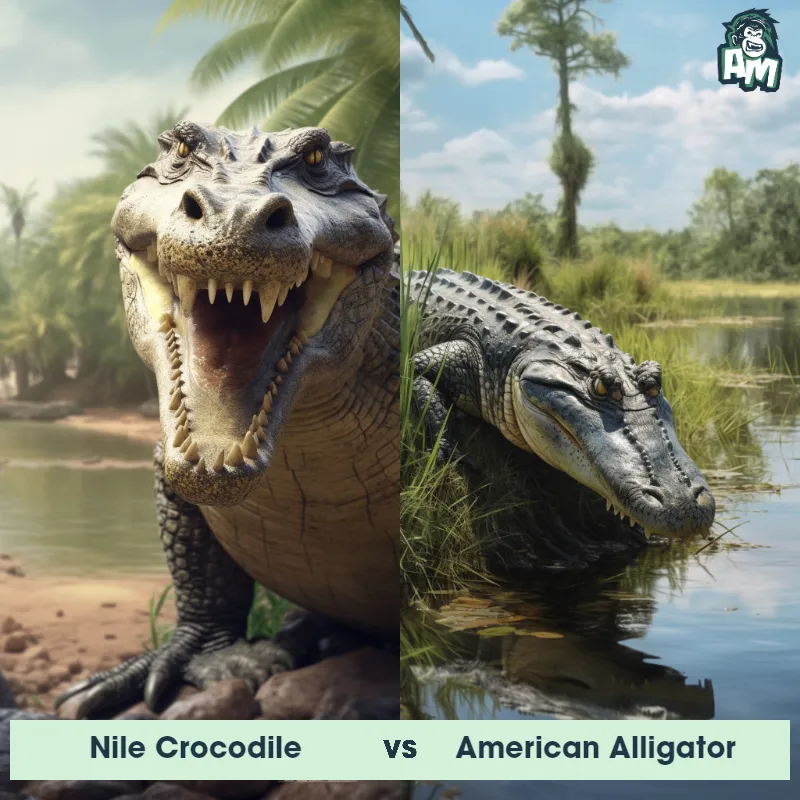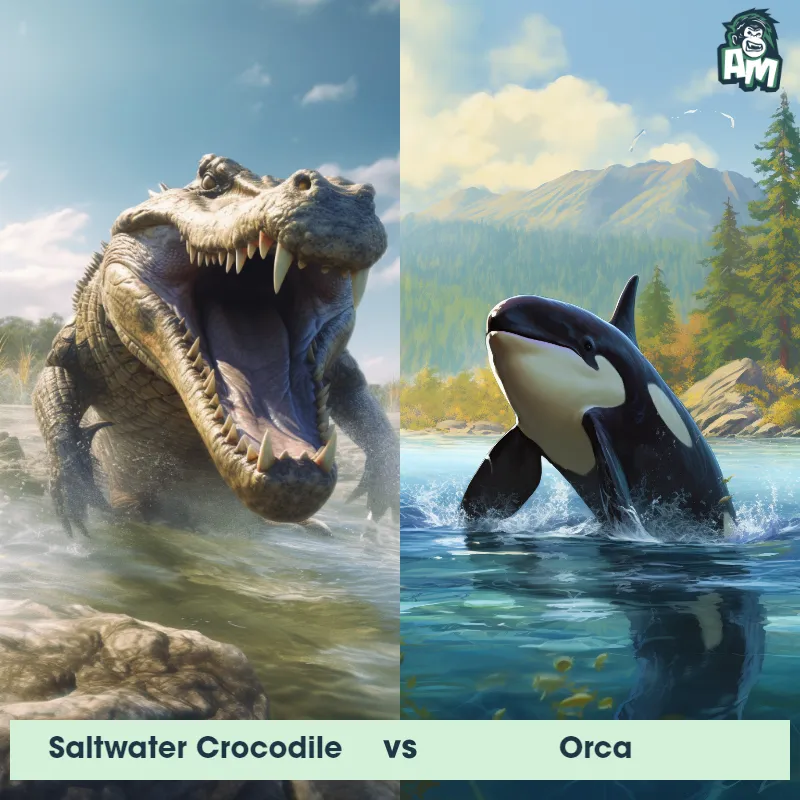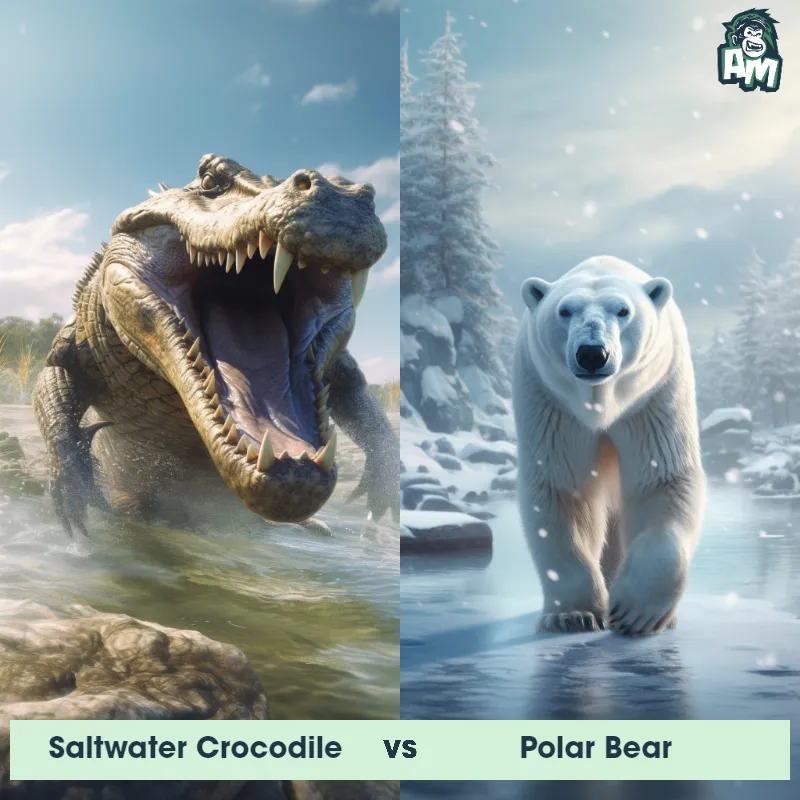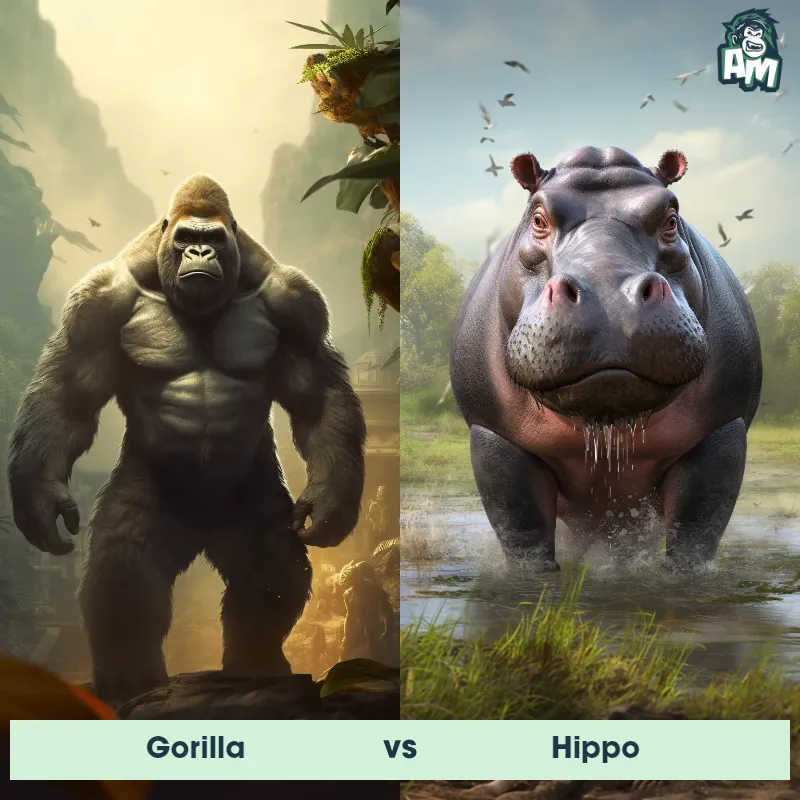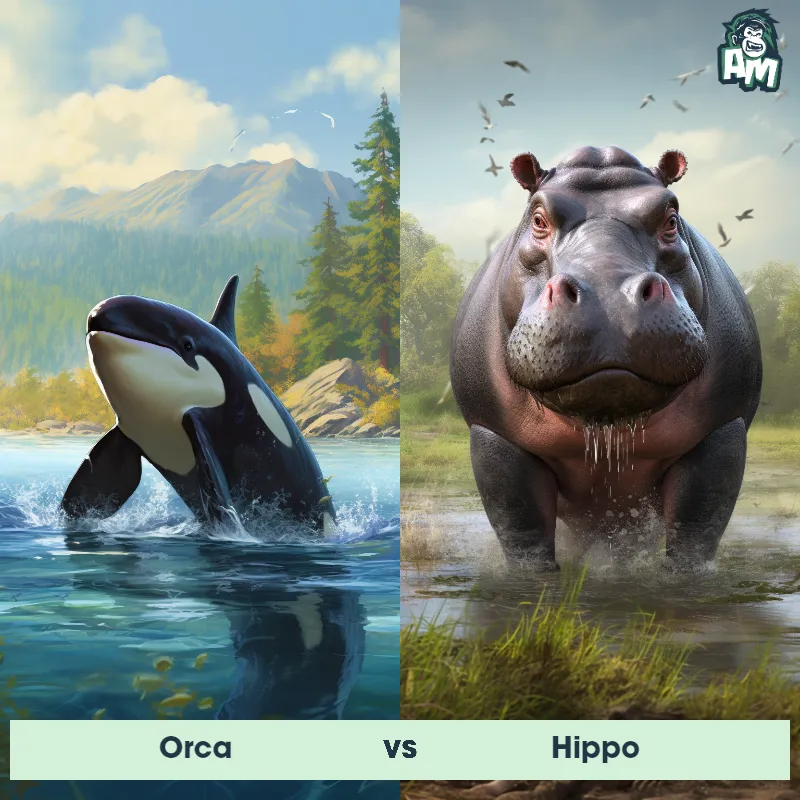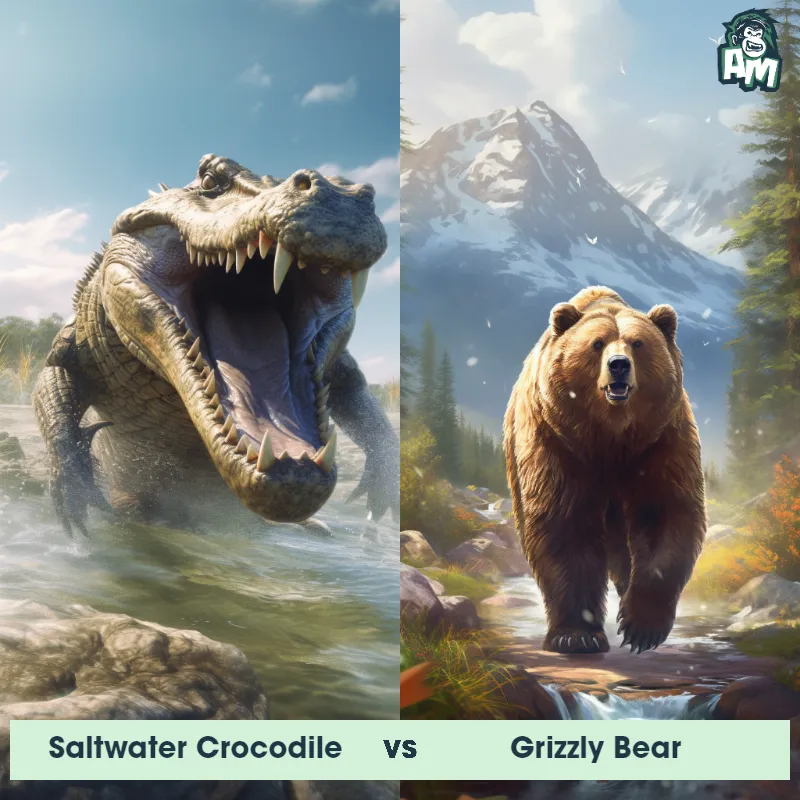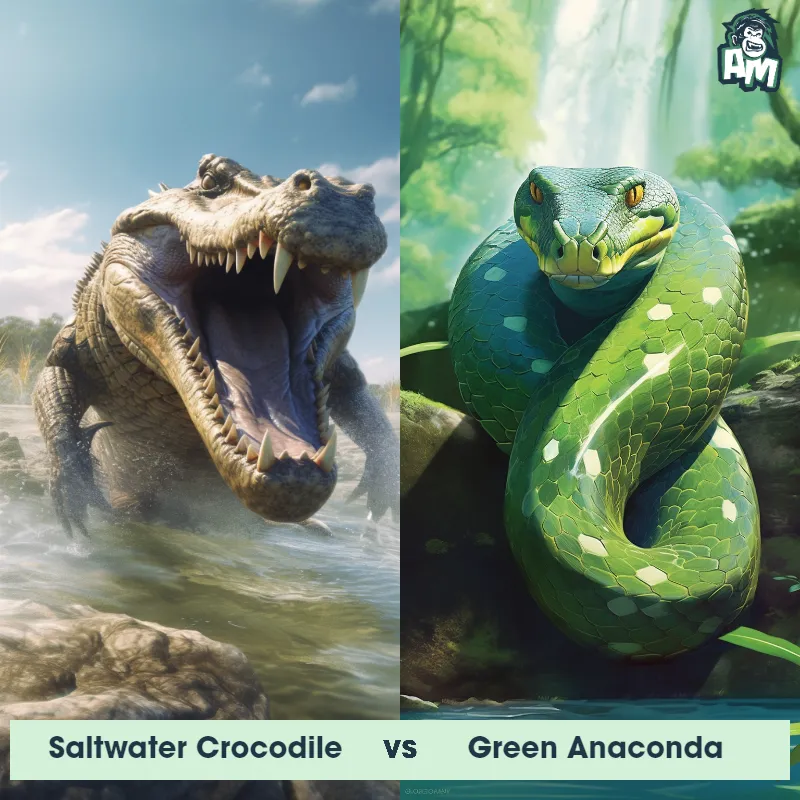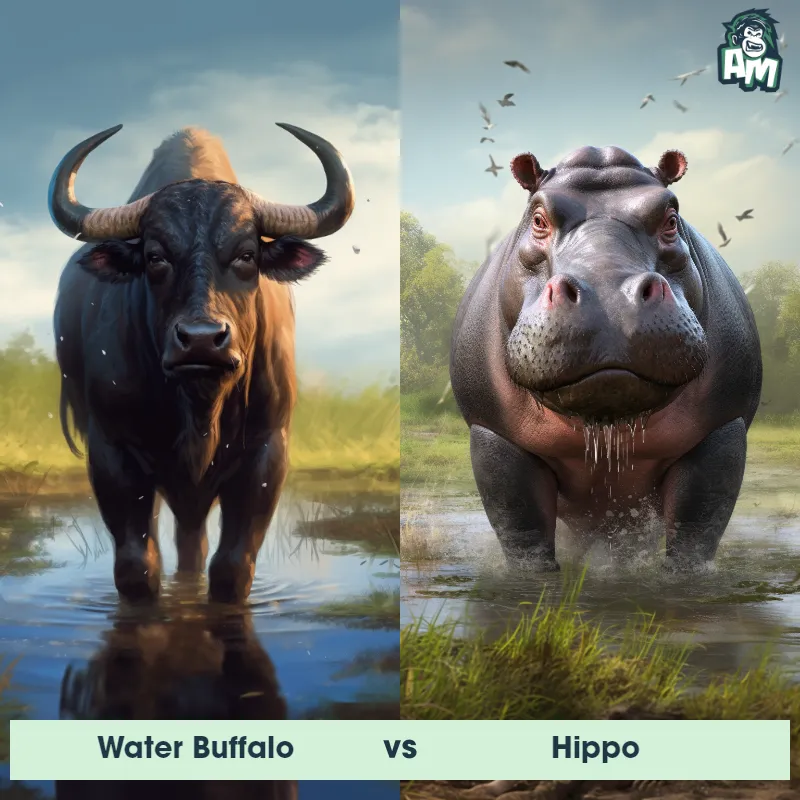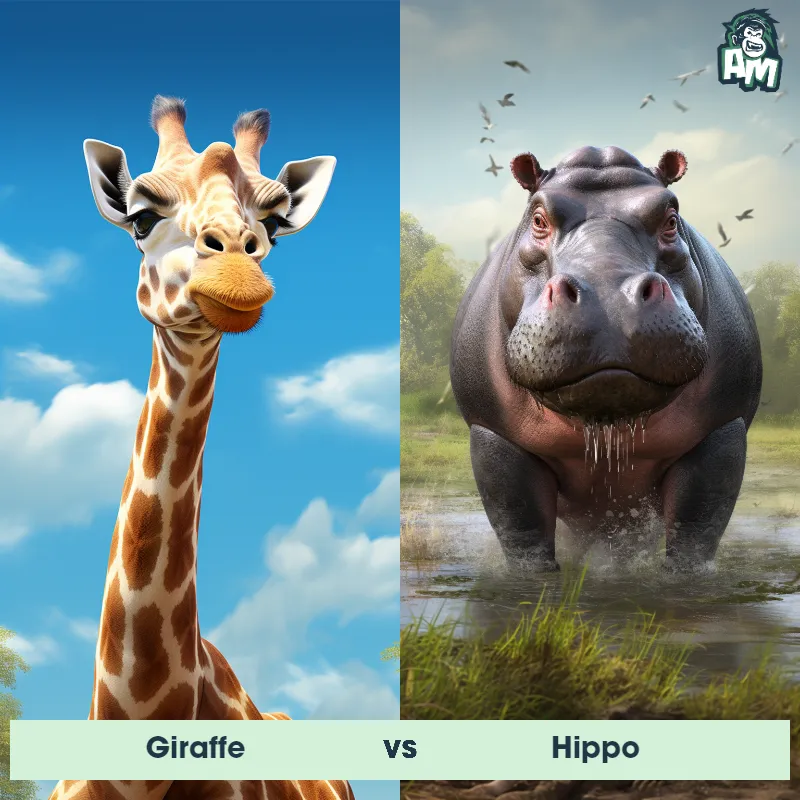Saltwater Crocodile vs HippoSee Who Wins
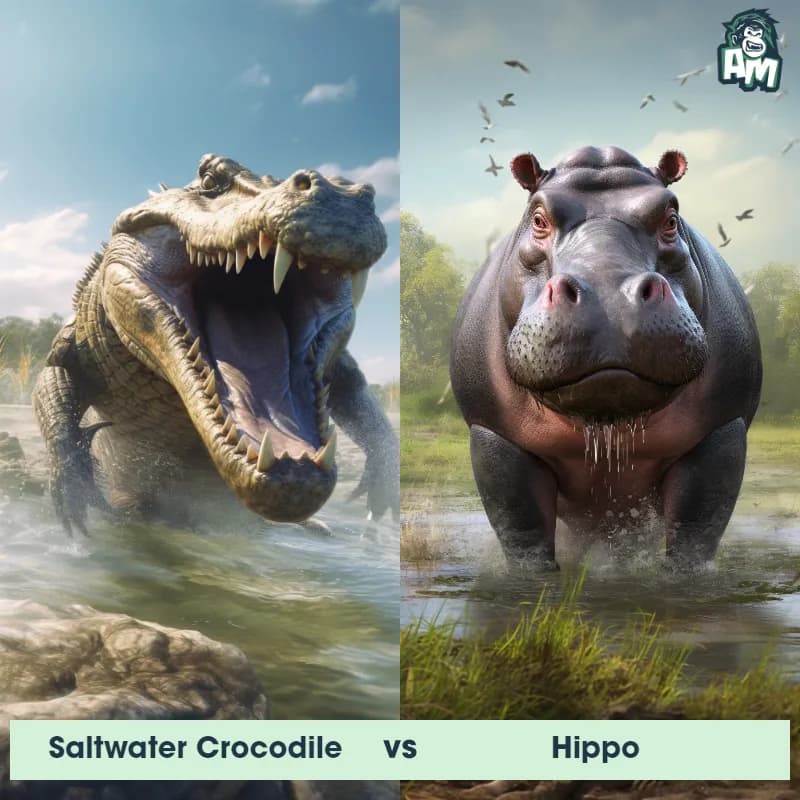
Ladies and gentlemen, welcome to the ultimate battle of the beasts! Tonight, we are witnessing an epic showdown between two titans of the animal kingdom. In the blue corner, weighing in at a whopping two tons, we have the mighty Hippopotamus. And in the red corner, measuring up to 20 feet, we have the formidable Saltwater Crocodile. Get ready for a thrilling clash between these fierce competitors. Let the action begin!
Contender 1: Saltwater Crocodile
The Saltwater Crocodile, also known as the estuarine crocodile, is the largest living reptile in the world, with males reaching up to 23 feet in length and weighing over a ton. They have a powerful jaw with over 60 teeth and are covered in tough, scaly skin that ranges from grayish-brown to black in color. They are found in the brackish and freshwater habitats of Southeast Asia and Northern Australia and are known for their aggressive behavior towards humans.
Fun Fact: Saltwater Crocodiles have the strongest bite force of any animal in the world, with a bite strength of up to 3,700 pounds per square inch, which is strong enough to crush a car.
Contender 2: Hippo
The hippopotamus, often simply referred to as the hippo, is a large, mostly herbivorous mammal native to sub-Saharan Africa. With a barrel-shaped body, short legs, and a massive head with a broad, round snout, the hippo is the third-largest land animal after the elephant and rhinoceros. Hippos spend most of their day in the water or mud to keep their skin moist and protect it from the sun. Despite their bulk, hippos are excellent swimmers and can run surprisingly fast on land.
Fun Fact: Hippos secrete a natural sunscreen in the form of an oily red substance, which earned them the nickname "blood sweat," although it is neither blood nor sweat.
Matchup Stats
| Saltwater Crocodile | Hippo | |
|---|---|---|
| Size | Up to 23 feet (7 meters) | 5 feet tall at shoulder, 13 feet long (1.5 meters tall at shoulder, 4 meters long) |
| Weight | Over a ton (1,000 kg) | 3,000 to 4,000 pounds (1,400 to 1,800 kilograms) |
| Speed | Land Speed: 11 mph (18 km/hr) | 19mph (30km/h) |
| Key Strength | Powerful jaw with 64-68 teeth and strongest bite force of any animal in the world | Powerful jaws with large teeth |
| Biggest Weakness | Slow on land and vulnerable to attacks on the soft underbelly | Poor eyesight |
Current Votes
Saltwater Crocodile vs Hippo
See Who Wins
View More Matches
Looking For More?
Similar Matches
Scientific Stats
| Saltwater Crocodile | Hippo | |
|---|---|---|
| Scientific Name | Crocodylus porosus | Hippopotamus amphibius |
| Family | Crocodylidae | Hippopotamidae |
| Habitat | Brackish and freshwater habitats | Rivers, lakes and swamps |
| Geography | Southeast Asia and Northern Australia | Sub-Saharan Africa |
| Diet | Carnivorous, preys on fish, birds, mammals, and other reptiles | Herbivorous, primarily grasses |
| Lifespan | 70 years - 100 years | 40 years - 50 years |
Key Differences between Saltwater Crocodile and Hippo
- Shape: The Saltwater Crocodile has a slender and elongated body, while the Hippopotamus has a bulky, barrel-shaped body with short legs and a large head.
- Habitat: The Saltwater Crocodile primarily inhabits estuaries, coastal areas, and sometimes even open ocean, while the Hippopotamus prefers freshwater habitats such as rivers, lakes, and swamps.
- Snout Shape: The Saltwater Crocodile has a longer, pointed snout with visible teeth even when the mouth is closed, while the Hippopotamus has a much broader and blunt snout with large upper and lower tusks.
- Coloration: The Saltwater Crocodile typically has a dark greenish-brown or grayish skin, offering camouflage in its aquatic environment, whereas the Hippopotamus has a uniformly gray or brown skin tone.
- Skin Texture: The Saltwater Crocodile has rough and scaly skin, characteristic of reptiles, while the Hippopotamus has smooth and hairless skin, resembling that of a thick-skinned mammal.
- Size: The Saltwater Crocodile is significantly smaller than the Hippopotamus, with an average length of 13-18 feet compared to the Hippopotamus, which can reach lengths of over 16 feet and weigh up to 3,300 pounds.




